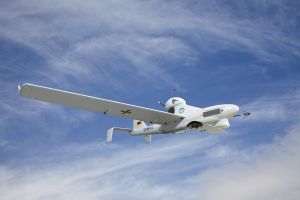Digitalization, decarbonization and circular economy are essential pillars in the global economic and social transformation.
Here is what each of them means:
• 1. Digitalization
Definition:
Digitalization refers to the process of transforming information, processes and operations into digital format to be managed and processed using information technology.
Main characteristics:
- Process automation: Using digital technologies to reduce manual work and increase efficiency.
- Technological integration: Using IoT (Internet of Things), AI (Artificial Intelligence), Big Data and other technologies to make more informed decisions.
- Global connectivity: Creating a global network of instantly accessible data and information.
Examples:
- Business applications: E-commerce platforms, CRM (Customer Relationship Management) software.
- Digitalization of public services: Issuing online documents or e-government services.
• 2. Decarbonization
Definition:
Decarbonization is the process of reducing carbon dioxide (CO₂) emissions from the economy, in order to combat climate change and promote sustainability.
Key features:
- Clean energy transition: Replacing fossil energy sources with renewable energy sources, such as wind, solar or hydroelectric.
- Energy efficiency: Reducing energy consumption through efficient technologies.
- Promoting green mobility: Increasing the use of electric vehicles or environmentally friendly public transport.
Examples:
- Installing solar panels and wind turbines.
- Policies to reduce emissions in polluting industries, such as energy or transport.
• 3. Circular economy
Definition:
The circular economy is an economic model based on reducing waste, reusing resources and transforming waste into raw materials for other processes.
Key features:
- Sustainable design: Creating products that are repairable, reusable or recyclable.
- Reuse of materials: Transforming waste into resources for new products.
- Reduce waste: Minimize the consumption of raw materials and energy.
Examples:
- Recycling of plastics and metals for the production of new products.
- Business models based on renting goods (sharing economy).
- Take-back programs in which companies recover old products to recondition them.
These three trends often intersect. For example, digitalization facilitates decarbonization through smart technologies for monitoring energy consumption, and the circular economy benefits from digital innovations for the traceability of recyclable materials.
Together, they are said to contribute to the creation of a sustainable and resilient economy.











































